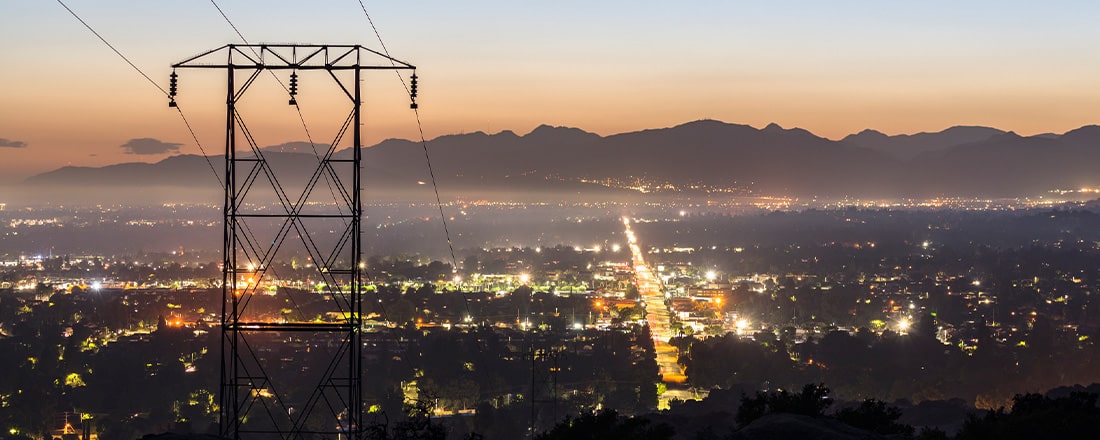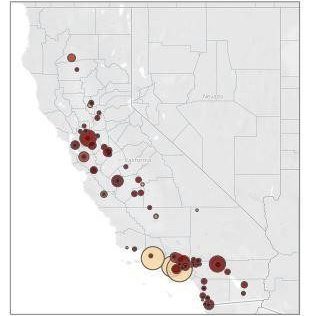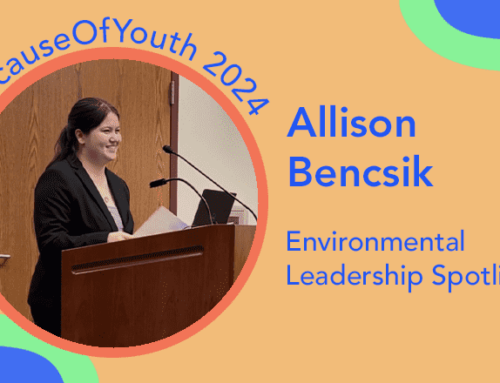For the first time ever, on May 8, 2022, 100% of California’s electricity supply was produced by renewable energy. This exciting milestone demonstrates California’s advancements in renewable energy adoption and highlights the viability of a completely clean electric grid. However, significant progress must be made before we are able to use 100% renewable energy on a 24/7 basis.
California still relies on fossil fuel powered “peaker plants” to generate electricity during times of high demand. Peaker plants are natural gas generation plants that use fossil fuels to produce power when renewables are less available. These plants are often less efficient than other types of power generation and create both greenhouse gas emissions and air pollution. Because of the harmful health and environmental impacts of these plants, they are only powered up when California’s electricity demand is too high to be met by other available sources.
Peaker plants spew toxic air pollution and can cause significant health and environmental issues. But changing the way we use power can help reduce, and even eliminate, the need for these polluting power plants and support healthier communities for everyone.
Where are California’s Peaker Plants Located?
There are nearly 80 fossil-fuel powered peaker plants in California. Half of these peaker plants are located in disadvantaged communities. California’s disadvantaged communities are identified as communities scoring in the top 25% of those shouldering socioeconomic, environmental, and health burdens according to the CalEnviroScreen vulnerability assessment.
How Do Peaker Plants Affect the Surrounding Community?
When California’s peaker plants power up, they burn fossil fuels, which adds greenhouse gasses to the atmosphere and creates hazardous air pollution in neighboring communities.
Location of California’s Peaker Plants
(Source: PSE Healthy Energy)
In addition to contributing to climate change and causing a number of adverse environmental effects on the local community, fossil fuel pollution also increases the likelihood of serious health issues including heart and lung diseases, cancers, and premature death.
What Can We Do?
California has set a number of goals to create additional renewable energy supply and energy storage to help phase out polluting peaker plants. While these efforts help us plan for a better future, it’s important to take steps now to create a cleaner and healthier California for all.
If you are an electricity user, you can reduce California’s reliance on peaker plants by helping to reduce electricity demand during the “peak hours” of 4 p.m. to 9 p.m. when electricity use is at its highest. When you use less energy during these times, you not only benefit from lower costs, but also reduce the likelihood that California will turn on its polluting, fossil fuel powered plants.

Join us — along with many of your neighbors — and use less energy during peak hours. Your small actions can make a big difference to communities across California. Visit mce4-9.org for our list of tips and tricks to shift your energy use outside of 4 to 9.







